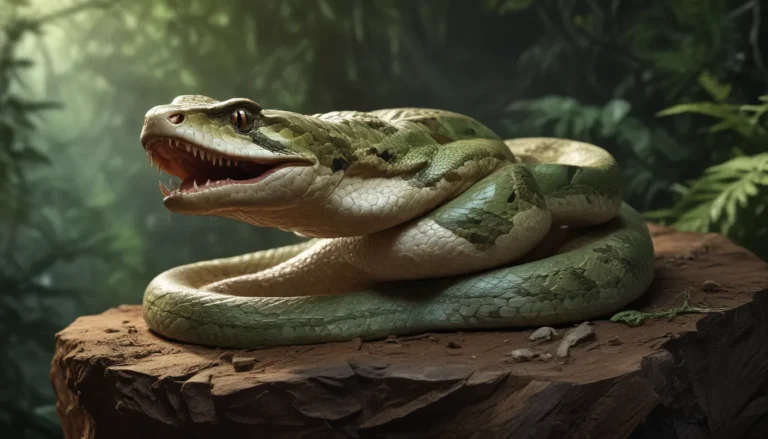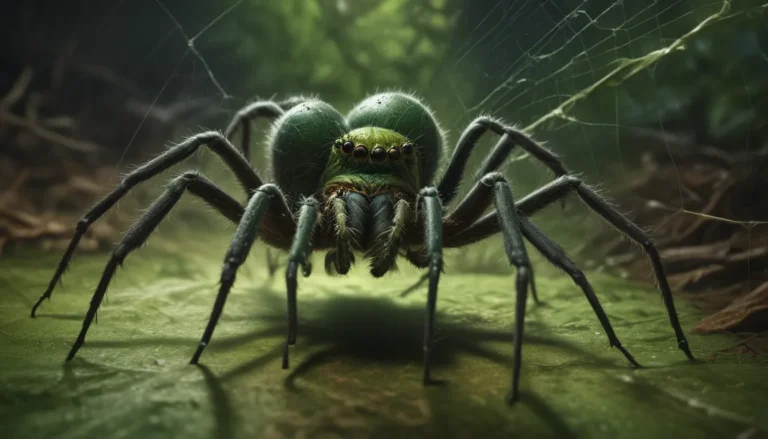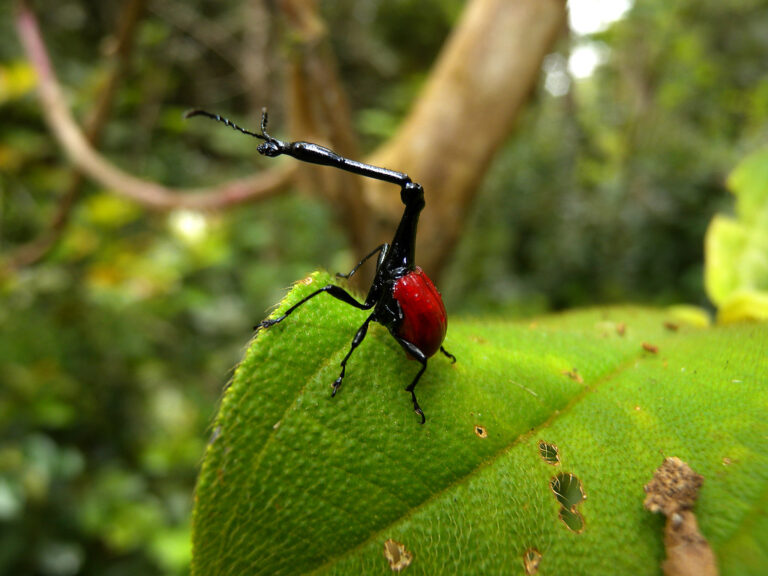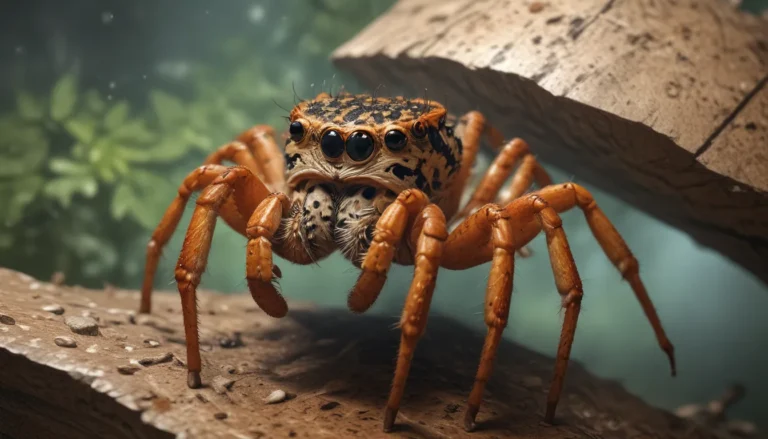The pictures we use in our articles might not show exactly what the words say. We choose these pictures to make you interested in reading more. The pictures work together with the words but don’t take their place. The words still tell you the important facts.
Do you have a passion for discovering the wonders of the animal kingdom? If so, get ready to delve into the captivating realm of the Six-Lined Racerunners, also known by their scientific name Aspidoscelis sexlineata. These remarkable creatures, belonging to the family of Whiptail lizards, are known for their lightning-fast speed, slender bodies, and striking coloration.
In this informative article, we will uncover 18 fascinating facts about these incredible reptiles. From their habitat and behavior to their unique adaptations and ecological significance, prepare to be enchanted by the enchanting world of the Six-Lined Racerunners. Whether you are an avid reptile enthusiast, a nature lover, or simply curious about the mysteries of nature, this article will enrich your knowledge about these charismatic lizards.
Habitat and Distribution
The Six-Lined Racerunner, scientifically known as Aspidoscelis sexlineatus, is predominantly found in the southeastern United States. These lizards thrive in sandy habitats such as dunes, coastal regions, and open woodlands, showcasing their adaptability to diverse environments.
Physical Appearance
Adult Six-Lined Racerunners typically measure around 7 to 9 inches in length, boasting long, slender bodies adorned with smooth scales. Their coloration varies from shades of brown and gray to vibrant hues of green and blue. The most distinguishing feature of these lizards is their six dark stripes that run along their bodies, lending them their unique name.
Speed and Agility
True to their name, Six-Lined Racerunners are renowned for their exceptional speed and agility. These remarkable creatures can reach speeds of up to 18 miles per hour, thanks to their long limbs and muscular bodies. Their swift movements enable them to efficiently hunt for prey and evade potential predators.
Diet and Feeding
Six-Lined Racerunners are opportunistic feeders, relishing a varied diet that includes insects, spiders, small invertebrates, and occasionally small vertebrates like lizards and rodents. Their hunting prowess is enhanced by their speed, allowing them to chase down and capture their prey with precision.
Behavior and Communication
These diurnal creatures are active during the day, exhibiting solitary and territorial behavior as they defend their territories from intruders. Males often engage in elaborate push-up displays to assert dominance and attract potential mates, showcasing their captivating behaviors.
Reproduction
During the breeding season, male Six-Lined Racerunners perform intricate courtship displays to court females. After successful mating, females lay clutches of 2-12 eggs in sandy nests, with an incubation period of around 60 days. The hatchlings are independent from birth, venturing out to fend for themselves in the wild.
Camouflage
Six-Lined Racerunners possess exceptional camouflage abilities, blending seamlessly with their sandy surroundings to evade predators. Their ability to subtly change their skin color further enhances their camouflage, making them elusive and challenging to spot in their natural habitat.
Lifespan
In the wild, Six-Lined Racerunners typically live for 6-8 years on average, while those in captivity can thrive for up to 10 years or more with proper care and conditions.
Predators
These agile lizards face predation from a range of animals, including snakes, birds of prey, larger lizards, and small mammals. Their speed and agility are vital for evading these natural threats in their environment.
Conservation Status
Currently, the Six-Lined Racerunner is not classified as a threatened or endangered species. However, habitat destruction and fragmentation pose potential risks to their populations, highlighting the importance of conservation efforts to safeguard their habitats.
Unique Adaptations
One intriguing fact about Six-Lined Racerunners is their ability to regenerate their tails. If threatened, they can detach their tails as a defense mechanism and regrow them over time, showcasing their remarkable adaptability in the wild.
Ecological Importance
As predators of insects and small invertebrates, Six-Lined Racerunners play a crucial role in maintaining ecological balance in their habitats. By controlling populations of pests, they contribute to the overall health and equilibrium of local ecosystems.
Conclusion
In conclusion, the Six-Lined Racerunner captivates us with its unique characteristics and behaviors, offering a glimpse into the fascinating world of reptiles. By exploring the 18 intriguing facts presented in this article, you have gained a deeper understanding and appreciation for these agile lizards. Whether you encounter them in the wild or simply marvel at their existence, the knowledge shared here enriches your connection to the natural world.
So, the next time you spot a swift-moving lizard adorned with dark stripes, remember the enchanting facts you've learned and admire the beauty and resilience of the Six-Lined Racerunner. Embrace the wonder of nature and continue to explore the remarkable diversity of the animal kingdom.
FAQs
Q: What is the typical size of a Six-Lined Racerunner?
A: Six-Lined Racerunners can grow up to 9 to 13 inches in length, with males usually slightly larger than females.
Q: What is the diet of Six-Lined Racerunners?
A: These lizards have a diverse diet, including insects, spiders, small reptiles, and even small mammals.
Q: Where can Six-Lined Racerunners be found?
A: Six-Lined Racerunners inhabit various regions across North America, including parts of the United States and Canada.
Q: How fast can a Six-Lined Racerunner run?
A: Six-Lined Racerunners can reach impressive speeds of up to 18 to 20 miles per hour.
Q: Are Six-Lined Racerunners venomous?
A: No, Six-Lined Racerunners are not venomous, relying on their speed and camouflage for defense.
Q: Can Six-Lined Racerunners regrow their tails?
A: Yes, like many other lizard species, Six-Lined Racerunners have the ability to regrow their tails if damaged or detached.
Q: Do Six-Lined Racerunners live in groups?
A: While primarily solitary, Six-Lined Racerunners may congregate in areas with ample resources during the breeding season.
Q: What is the average lifespan of Six-Lined Racerunners?
A: In the wild, Six-Lined Racerunners typically live for 4 to 8 years on average.
Q: Are Six-Lined Racerunners aggressive towards humans?
A: Six-Lined Racerunners are generally shy and non-aggressive towards humans, preferring to flee when approached.
Q: Are Six-Lined Racerunners a protected species?
A: The conservation status of Six-Lined Racerunners varies by region, with some populations protected due to threats like habitat loss.
By exploring the diverse facets of the Six-Lined Racerunner's life, you deepen your appreciation for these agile creatures and the vital roles they play in their ecosystems. Embrace the wonder of nature and continue to uncover the hidden marvels of the animal kingdom with newfound insight and curiosity.






